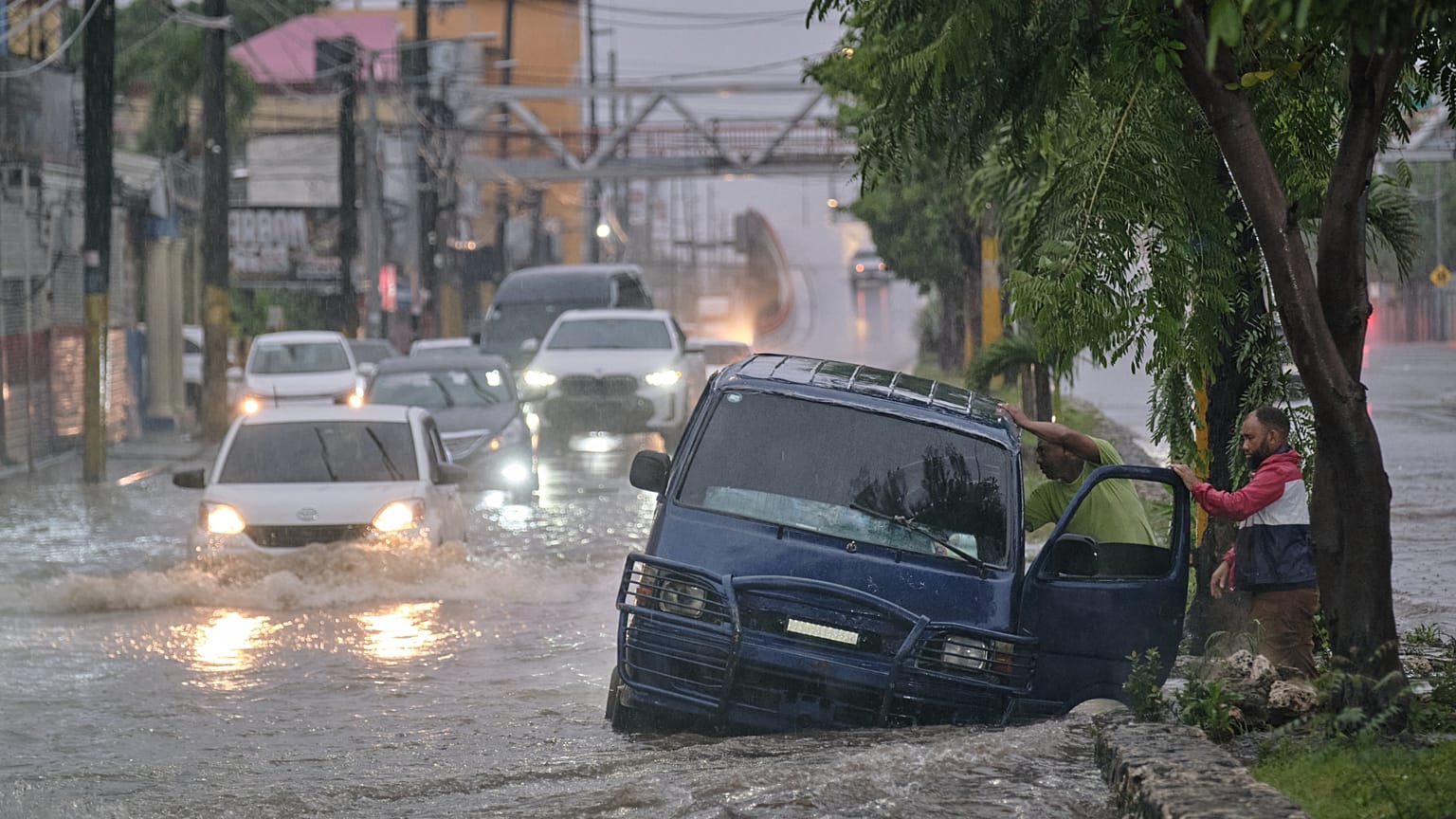Category 5 Hurricane Approaches Jamaica With Record Power
Hurricane Melissa strengthened into a Category 5 storm early Monday as it closed in on Jamaica, threatening to unleash catastrophic flooding, landslides, and extreme winds across the island and nearby nations.
Meteorologists warned that Melissa could become the most powerful hurricane to ever strike Jamaica, bringing devastation to homes, infrastructure, and coastal communities.
According to the U.S. National Hurricane Center (NHC), the storm packed maximum sustained winds of 165 mph while moving slowly westward at just 3 mph — a dangerous combination that increases the risk of prolonged damage and heavy rainfall. Forecasters expect Melissa to make landfall late Monday or early Tuesday, then move across southeastern Cuba and the Bahamas through midweek.
Life-Threatening Floods and Storm Surge Predicted

Jamaica faces the brunt of Melissa’s fury, with forecasts predicting up to 30 inches of rain and a life-threatening storm surge of up to 13 feet along the southern coastline.
“This is not a storm to take lightly,” warned Desmond McKenzie, deputy chairman of Jamaica’s Disaster Risk Management Council. “Do not gamble with Melissa — your life is at stake.”
CBS meteorologist Nikki Nolan said that destructive winds, heavy rainfall, and storm surge will intensify throughout the day, leading to severe flooding and landslides.
Experts fear that Melissa’s slow movement could magnify the destruction by dumping rain for extended periods across already saturated terrain.
Most Powerful Storm in Jamaica’s Modern History

Weather analysts describe Hurricane Melissa as potentially the most intense storm ever recorded in Jamaica.
“This system could rival or exceed any hurricane in the region’s modern history,” said Grant Gilmore, CBS News Philadelphia meteorologist.
He noted that Melissa’s slow pace means it will hover over Jamaica for nearly 36 hours, delivering what he called “a full suite of hurricane hazards.”
Government officials in Kingston have declared emergency measures, urging residents in flood-prone areas to evacuate immediately. In coastal neighborhoods, people have been filling sandbags and reinforcing roofs to prepare for the impact.
Deadly Impact Already Felt in Haiti and the Dominican Republic
Before approaching Jamaica, Hurricane Melissa had already claimed at least four lives — three in Haiti and one in the Dominican Republic — while another person remains missing.
In Haiti, authorities reported widespread flash flooding and landslides, with rivers overflowing into populated areas.
The U.N. Food and Agriculture Organization (FAO) said that flooding has destroyed crops across three Haitian regions, including 37 acres of maize, worsening the country’s already dire hunger crisis affecting 5.7 million people.
In the Dominican Republic, officials said that more than 750 homes were damaged and 3,760 residents displaced. Floodwaters have isolated 48 communities, while schools and government offices remain closed in several provinces still under red alert.
The country shares the island of Hispaniola with Haiti, both now facing torrential rains from Melissa’s outer bands.
Cuba and the Bahamas Prepare for Severe Conditions
After Jamaica, Hurricane Melissa is forecast to strike eastern Cuba late Tuesday, where authorities have issued hurricane warnings for Granma, Santiago de Cuba, Guantánamo, and Holguín provinces.
Forecasters predict up to 20 inches of rain and significant coastal flooding. The U.S. Department of Defense confirmed that around 1,000 personnel were evacuated from Guantanamo Bay as a precaution, and several Navy vessels were moved out of the storm’s path.
Cuban officials are bracing for potential power outages, damaged infrastructure, and landslides in mountainous regions.
Meteorologists warn that Melissa could maintain Category 4 or 5 strength as it crosses the island and approaches the Bahamas later this week.
Authorities Urge Caution as Residents Brace for Impact
Jamaica’s Transport Minister Daryl Vaz appealed to citizens to remain indoors and follow safety advisories.
“Don’t make foolish decisions,” he cautioned. “We are entering a very serious period for our country.”
Evan Thompson, head of Jamaica’s Meteorological Service, said that cleanup and recovery could be severely delayed due to blocked roads and widespread flooding.
He added that it may take days or even weeks to assess the full extent of the damage once conditions improve.
Local crews in Kingston have been clearing drainage channels such as Sandy Gully to reduce flooding risks, while emergency shelters have opened nationwide.
Power companies and hospitals are also on high alert, ensuring backup systems remain functional throughout the storm.
Uncertain Days Ahead for the Caribbean
Meteorologists emphasize that even after passing Jamaica and Cuba, Hurricane Melissa will remain a major storm system capable of delivering damaging winds and rain across the Bahamas and parts of southern Florida later this week.
Regional leaders and humanitarian organizations are preparing for potential mass displacement, food shortages, and infrastructure collapse in the worst-hit areas.
As the Caribbean braces for impact, forecasters continue to stress one message — take Hurricane Melissa seriously. With its exceptional power, slow pace, and widespread reach, Melissa could become one of the most destructive hurricanes in Caribbean history.

